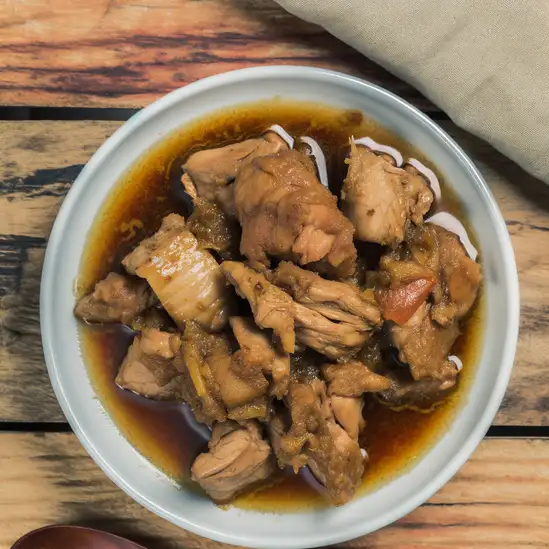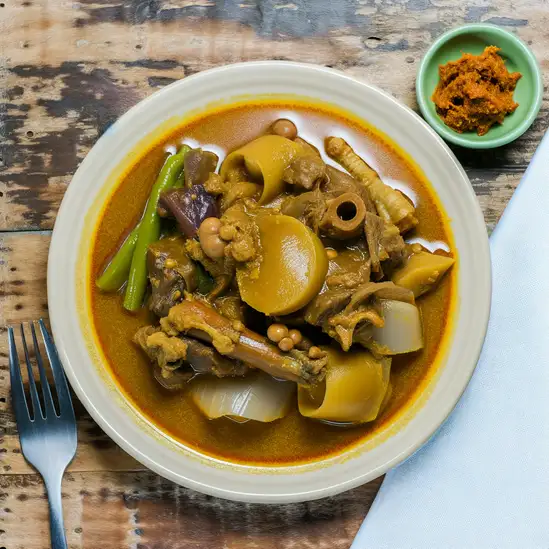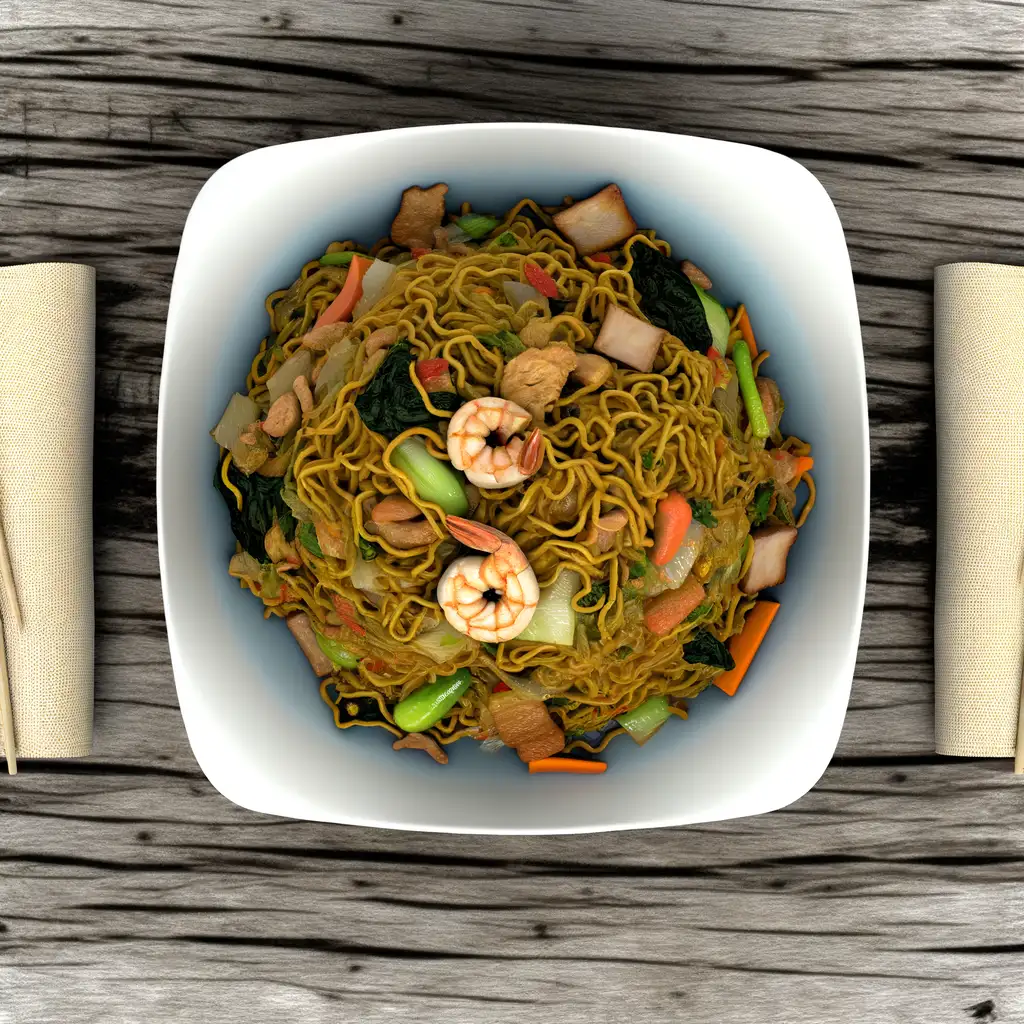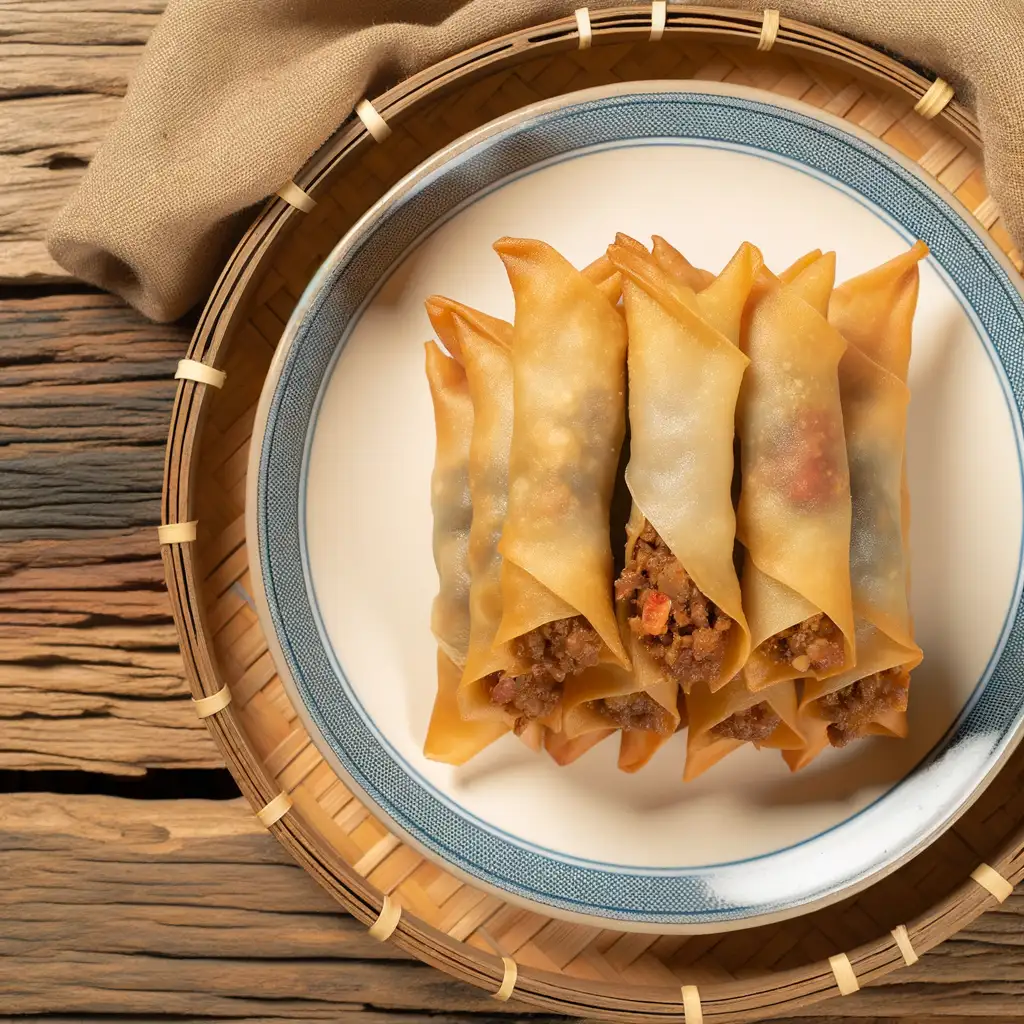



Imagine stepping into a place where the buzz of jeepneys weaving through traffic blends seamlessly with the laughter spilling out of cozy street-side cafés. That’s the National Capital Region of the Philippines for you—a vibrant,living mosaic of history,culture,and modern energy. Walking through its streets,you’ll catch the scent of sizzling street food—think sweet,smoky barbecue and the tangy zest of freshly cut mangoes—mingling with the aroma of rich,dark coffee from local cafés. It’s a city that never quite sleeps,where every corner tells a story,from the colonial charm of Intramuros to the sleek skyscrapers lighting up the night sky in Bonifacio Global City. What really makes this place special is its people—the warm,friendly locals who greet you with genuine smiles and an eagerness to share their culture. You’ll hear a lively mix of languages and music,from traditional Filipino folk songs to the latest pop hits blasting from open windows. The city pulses with creativity,whether it’s in the colorful street art,the bustling weekend markets,or the vibrant festivals that fill the streets with dance and color. Visiting the National Capital Region feels like diving into a rich tapestry of experiences—where old and new collide in the most delightful ways. It’s a place that invites you to slow down,savor every bite,every sight,and every conversation. Trust me,once you’ve felt its rhythm,you’ll want to come back for more.
The information on this page is currently being reviewed by Tripkliq and should be used as a guide only
Eng word: Hello
Eng pronunciation: Kah-moo-stah
Local language: Kamusta
Eng word: Goodbye
Eng pronunciation: Pah-ah-lahm
Local language: Paalam
Eng word: Thank you
Eng pronunciation: Sah-lah-maht
Local language: Salamat
Eng word: How much
Eng pronunciation: Mahg-kah-noh
Local language: Magkano
Eng word: Toilet
Eng pronunciation: Bahn-yoh
Local language: Banyo
Eng word: Help me
Eng pronunciation: Too-loo-gahn moh ah-koh
Local language: Tulungan mo ako
Eng word: Yes
Eng pronunciation: Oh-oh
Local language: Oo
Eng word: No
Eng pronunciation: Heen-deh
Local language: Hindi
Eng word: Excuse me
Eng pronunciation: Pah-oo-mahn-heen
Local language: Paumanhin
Manila, the capital city of the Philippines located within the National Capital Region, was established on June 24,1571, by Spanish conquistador Miguel López de Legazpi, making it one of the oldest cities in the Philippines and in Asia.
Intramuros, known as the historic Walled City, was built by the Spanish in the late 16th century. It served as the seat of government and the religious capital during the Spanish colonial period.
Rizal Park, also known as Luneta Park, is a historical urban park located in the heart of Manila. It is named after Dr. José Rizal, the Philippine national hero, and it is where his remains are enshrined.
The Philippines gained independence from the United States on July 4,1946. The Independence Day ceremonies are held annually at Rizal Park, commemorating the country's freedom.
The National Capital Region is home to several UNESCO World Heritage Sites, including San Agustin Church and the Baroque Churches of the Philippines, which are recognized for their historical and cultural significance.
Established in 1969, The Cultural Center of the Philippines (CCP) is a premier venue for the arts in the country. It showcases the best of Filipino talents in music, dance, theater, visual arts, and literature.
In February 1986, the EDSA People Power Revolution took place, a series of popular demonstrations that led to the fall of President Ferdinand Marcos and the restoration of democracy in the Philippines.
The Metro Manila Subway Project, set to be the country's first underground railway system, is a testament to the region's continuous growth and modernization, aiming to ease traffic congestion and improve public transportation.
Makati, known as the financial center of the Philippines, began its development in the 1950s and has since become a major hub for commerce, finance, and retail.
In National Capital Region, the most common Power Adaptor is Type A, Type C.



A savory dish made from meat, usually chicken or pork, marinated in vinegar, soy sauce, garlic, and spices, then braised until tender.

A sour soup typically made with tamarind, tomatoes, and various vegetables, often cooked with pork, shrimp, or fish.

A whole roasted pig, known for its crispy skin and tender meat, often served during special occasions and celebrations.

A rich and hearty stew made with oxtail, tripe, and vegetables, cooked in a thick peanut sauce, often served with bagoong (fermented shrimp paste).

A popular dessert made with crushed ice, sweetened fruits, jellies, and topped with leche flan and ube ice cream, perfect for hot weather.

A stir-fried noodle dish that comes in various forms, often mixed with vegetables, meat, and seafood, symbolizing long life.

Crispy spring rolls filled with ground pork, vegetables, and spices, often served as an appetizer or snack.

A traditional rice cake made with rice flour and coconut milk, baked in banana leaves, often enjoyed during the Christmas season.

A spicy dish made with pork, coconut milk, and chili peppers, originating from the Bicol region but widely enjoyed in Metro Manila.

A popular breakfast dish consisting of tapa (cured beef), sinangag (garlic fried rice), and itlog (fried egg).
Imagine stepping into a place where history hums through the streets and the ocean breeze carries the scent of salty adventure—that’s Cebu City for you. The moment you arrive,there’s this lively energy that wraps around you,a mix of old-world charm and modern buzz. You’ll find yourself wandering through colorful markets where the chatter of vendors blends with the aroma of freshly grilled street food—think sweet,smoky lechon sizzling over coals,tempting you at every corner.
Cebu’s character is a beautiful blend of the past and present. Ancient Spanish forts and centuries-old churches stand proudly alongside sleek cafes and vibrant street art. The city pulses with warmth,not just from the tropical sun but from the people who greet you with genuine smiles and stories. At night,the streets light up with music and laughter,and you can almost taste the festive spirit in the air.
What really makes Cebu unforgettable is how it feels alive in every sense. You can hear the waves crashing nearby,see the colorful jeepneys weaving through traffic,smell the tropical fruits at the market,and feel the warmth of the sun on your skin as you explore. It’s a place where culture,history,and everyday life blend seamlessly,inviting you to dive in and experience its vibrant soul firsthand.
If you ever find yourself craving a place where nature’s calm meets a laid-back island spirit,Puerto Princesa is where you want to be. The moment you step off the plane,there’s this warm,salty breeze that wraps around you,carrying the faint scent of the sea and tropical blooms. It’s a city that doesn’t rush — people move with a gentle rhythm,and the streets hum softly with the chatter of locals and the occasional strum of a guitar from a nearby café. It feels like a breath of fresh air,both literally and figuratively.
What really makes Puerto Princesa stand out is its deep connection to nature. The famous Underground River is just the beginning — lush mangroves,crystal-clear waters,and vibrant coral reefs surround the city,inviting you to explore. You can hear the calls of exotic birds in the morning and watch fishermen bring in their catch as the sun dips low,painting the sky in shades of pink and orange. The food scene here is a delightful surprise too — fresh seafood grilled right on the beach,sweet tropical fruits bursting with flavor,and local dishes that tell stories of the sea and the land.
But beyond the sights and tastes,it’s the people who make Puerto Princesa unforgettable. Their warmth and genuine smiles make you feel like you’re not just visiting,but truly welcomed. Whether you’re wandering through the bustling market or sharing a laugh with a vendor,there’s a sense of community that lingers long after you leave. It’s a place that invites you to slow down,soak in the simple joys,and leave with a heart full of stories.
If you ever find yourself wandering through the heart of Bohol,Tagbilaran City greets you with a warm,unhurried rhythm that feels like a gentle hug after a long journey. The city hums with life—not the overwhelming buzz of a metropolis,but a lively,welcoming energy where jeepneys rattle by and street vendors call out their fresh fruit and local snacks. As you stroll along the waterfront,the salty breeze carries the faint scent of grilled seafood mingling with tropical flowers,inviting you to slow down and savor the moment.
Tagbilaran’s charm lies in its blend of old and new. You’ll catch glimpses of Spanish-era churches standing proudly beside colorful markets where locals barter over ripe mangoes and sticky rice treats. The city’s pulse is deeply tied to its people—friendly,easygoing,and proud of their heritage. At night,the streets light up with laughter and music spilling from small eateries where you can taste the rich flavors of Boholano cuisine,like the sweet,tender kalamay or freshly caught fish cooked with coconut milk.
What really stays with you is the city’s sense of community and its connection to the sea. Whether you’re watching fishermen haul in their catch at dawn or joining a lively fiesta,Tagbilaran feels like a place where stories are shared over steaming cups of coffee and where every corner invites you to discover a new layer of its soul. It’s not just a stopover—it’s a place that quietly pulls you in and makes you want to stay a little longer.
If you ever find yourself craving a place where history hums softly alongside the buzz of everyday life,Iloilo City is where you want to be. The moment you step into its streets,there’s this warm,inviting energy—like the city is gently nudging you to slow down and savor its stories. You’ll notice the colonial-era buildings standing proudly beside modern cafes,their facades telling tales of centuries past. The air carries a subtle mix of salty sea breeze and the sweet aroma of freshly baked pan de sal,making every morning feel like a comforting embrace.
Walking through Iloilo,you’ll hear the lively chatter of locals,the clinking of glasses in cozy eateries,and the distant strum of guitars from street performers. The city’s character shines brightest in its festivals,especially the Dinagyang,where vibrant costumes and rhythmic drums fill the streets with infectious joy. But even on quieter days,the genuine smiles of Ilonggos and their easygoing hospitality make you feel like you’ve found a second home.
And then there’s the food—oh,the food! From the rich,savory batchoy served steaming hot in humble noodle shops to the sweet,creamy taste of fresh mangoes,every bite is a celebration of local flavors. Iloilo isn’t just a place to visit; it’s a place to experience,where every corner invites you to pause,breathe,and fall a little in love with its soul.
If you ever find yourself craving a place where vibrant city life meets the gentle embrace of nature,Davao City is where you want to be. The moment you step off the plane,there’s this warm,welcoming energy that wraps around you—like the city itself is inviting you to slow down and savor every moment. The air carries a subtle mix of tropical blooms and the faint,salty hint of the nearby sea,while the streets buzz with a friendly hum of jeepneys and chatter in a melody of languages.
Walking through Davao,you’ll notice how the city wears its culture proudly. From the colorful street markets where vendors call out their fresh fruits and local delicacies,to the intricate weaves and crafts that tell stories of indigenous tribes,there’s a deep respect for heritage here. And the food? Oh,the food! Imagine biting into a juicy durian (if you’re brave enough),or savoring grilled tuna so fresh it practically melts in your mouth,all while sipping on a sweet,refreshing calamansi juice.
What really sets Davao apart is its balance—towering mountains and lush parks sit just a short drive from bustling urban spots. You can spend your morning hiking up Mount Apo,the Philippines’ highest peak,then wind down with a stroll along the riverwalk as the sun dips low,painting the sky in shades of orange and pink. It’s a city that feels alive but never rushed,where every corner invites you to explore,taste,and connect.
Dubbed the 'Asia's Latin City,' Zamboanga City is famous for its pink sand beaches on Sta. Cruz Island and its unique cultural heritage.
ExploreScammers install skimming devices on ATMs to steal card information and PINs from unsuspecting users.
Some money changers offer poor exchange rates or use sleight of hand to shortchange tourists.
Tourists renting motorbikes, jet skis, or other equipment are falsely accused of damaging the item and are forced to pay for repairs.
Scammers pose as representatives of charities or organizations and ask for donations, which are pocketed instead of going to a legitimate cause.
Vendors sell counterfeit items, such as branded bags, watches, or electronics, claiming they are authentic.
Scammers pose as police officers and accuse tourists of minor infractions, demanding bribes to avoid 'legal trouble.'
Scammers pose as tour guides and offer overpriced or fake tours, often providing little to no value.
Scammers approach tourists, tie a bracelet on their wrist, and then demand payment for it, often in an aggressive manner.
Drivers of jeepneys or tricycles may overcharge tourists, especially if they are unfamiliar with local fares.
Vendors in tourist-heavy areas sell souvenirs at inflated prices, taking advantage of tourists unfamiliar with local pricing.
Thieves target crowded areas like markets, public transport, and tourist attractions to steal wallets, phones, and other valuables.
Children or adults approach tourists asking for money, sometimes using emotional stories or pretending to be in dire need.
Some taxi drivers refuse to use the meter and charge tourists exorbitant flat rates, especially from airports or tourist-heavy areas.
The Philippines has very strict laws regarding drugs. The possession, use, and trafficking of illegal drugs are severely punished, with penalties ranging from long-term imprisonment to the death penalty in extreme cases. The government has a zero-tolerance policy towards illegal drugs, and law enforcement agencies conduct regular operations to combat drug-related activities. Tourists are advised to avoid any involvement with illegal drugs to avoid severe legal consequences.
In the National Capital Region (NCR) of the Philippines, smoking is heavily regulated. The Philippines has implemented a nationwide smoking ban in public places, including schools, hospitals, public transportation, and enclosed public spaces. Designated smoking areas are allowed but must comply with specific guidelines, such as being located away from non-smoking areas and having proper ventilation. Violators can face fines and other penalties.
Vaping is also regulated in the NCR. Similar to smoking, vaping is prohibited in public places, including schools, hospitals, and public transportation. Designated vaping areas may be available but must adhere to strict regulations. The sale of e-cigarettes and vaping products to minors is strictly prohibited. Violators can face fines and other penalties.
What are other people saying about National Capital Region?
Recent Social posts about National Capital Region
There is nothing to show you for now.